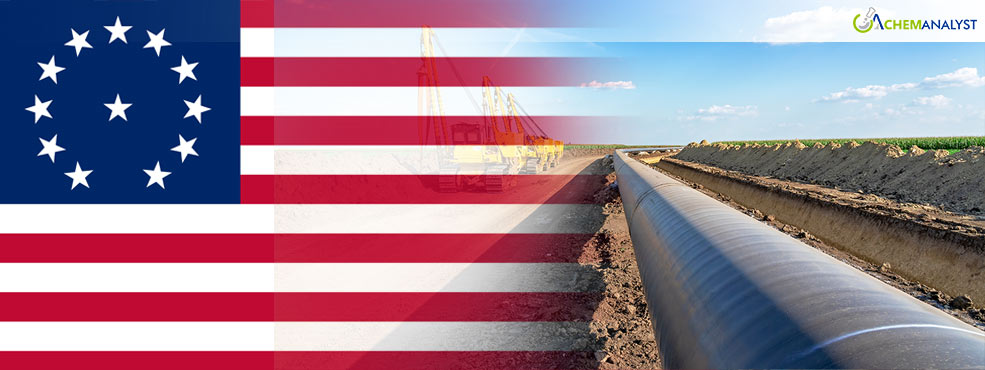U.S. Proposes New Rules to Strengthen Carbon Dioxide Pipeline Safety
- 21-Jan-2025 4:15 PM
- Journalist: Philip Freneau
The U.S. Department of Transportation's Pipeline and Hazardous Materials Safety Administration (PHMSA) has proposed new regulations aimed at enhancing the safety of carbon dioxide (CO2) and hazardous liquid pipelines. This move comes amid a surge in carbon capture technologies, a crucial element in combating climate change, which necessitates a growing network of CO2 pipelines.
The proposed rules build upon existing safety standards while introducing novel regulations specifically for transporting gaseous CO2 through pipelines. One significant change mandates more comprehensive vapor dispersion analyses. These analyses will be crucial for better assessing potential risks to the public and the environment in the event of a pipeline failure.
"I have learned firsthand from affected communities in Mississippi and across America why we need stronger CO2 pipeline safety standards," emphasized PHMSA Deputy Administrator Tristan Brown, highlighting the urgency of these safety enhancements.
The impetus for these stricter regulations stems from a 2020 incident in Satartia, Mississippi, where Denbury's 24-inch Delta Pipeline ruptured, releasing a significant volume of CO2. The incident led to local evacuations and hospitalized 45 individuals. This incident underscored the potential dangers associated with CO2 pipelines, as liquid CO2 rapidly vaporizes upon atmospheric release. The vapor, being denser than air, displaces oxygen, posing a serious threat to human and animal life.
The 2023 settlement between Denbury and PHMSA, which involved a penalty of approximately $2.8 million, served as a stark reminder of the need for enhanced safety measures. This settlement, while significant, was lower than the initial 2022 proposal, reflecting ongoing negotiations and considerations.
The proposed regulations are expected to undergo a public comment period, allowing stakeholders, including industry representatives, environmental groups, and affected communities, to provide input. This public engagement is crucial to ensure that the final rules effectively address safety concerns while also considering the economic and operational realities of the carbon capture and storage industry.
The development of a robust and safe infrastructure for CO2 transport is critical for the success of carbon capture and storage initiatives. These technologies play a vital role in mitigating climate change by capturing emissions from industrial sources and storing them underground. However, the safe and responsible operation of these pipelines is paramount to ensure public safety and environmental protection.
The proposed regulations mark a significant step towards enhancing the safety of CO2 pipelines in the United States. By strengthening existing standards and establishing new norms for gaseous CO2 transport, PHMSA aims to mitigate the risks associated with these critical infrastructure components while supporting the nation's efforts to combat climate change.



